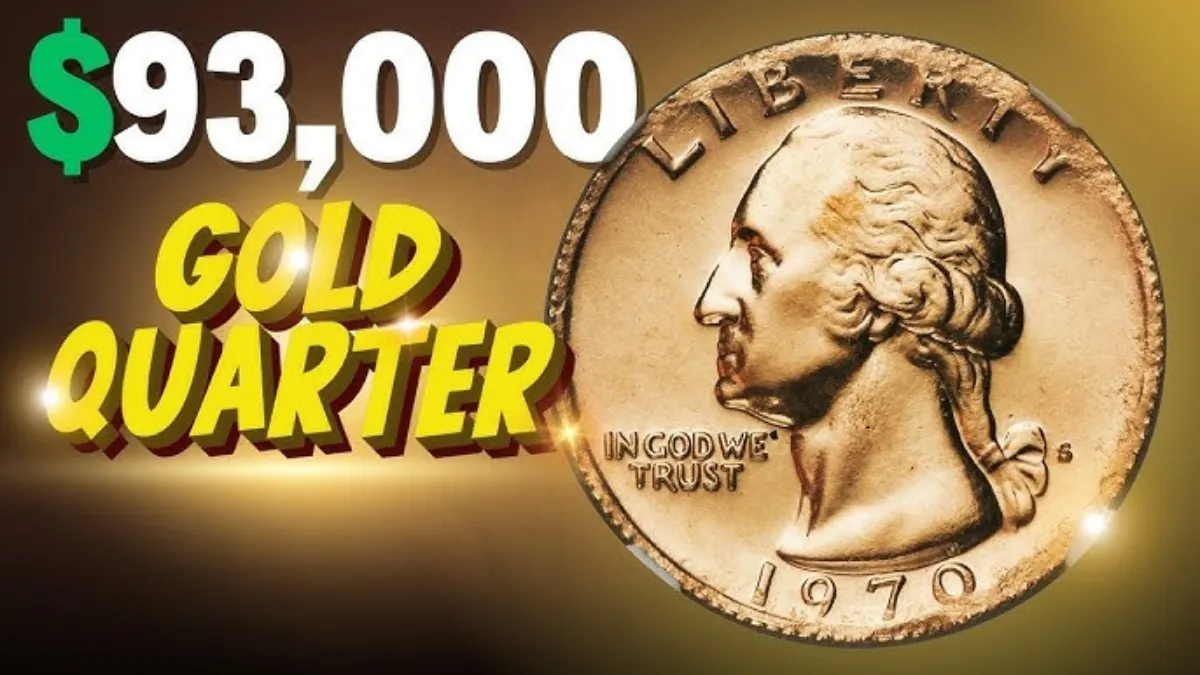In the world of coin collecting, rarity and errors can transform everyday change into staggering fortunes. Recently, a quarter with a rare error sold for an astonishing $93,000, proving that even small coins can carry immense value when the right mistake or rarity is involved.
If you’re a coin enthusiast or just curious about what makes a quarter worth thousands — or even tens of thousands — keep reading. We’ll explore the most valuable and rare coin errors that collectors are hunting for, and how you might spot one yourself.
Why Do Coin Errors Fetch Such High Prices?
Errors occur during the minting process, where mistakes like misaligned dies, double strikes, or missing features happen. Since these mistakes are rare and unintentional, they become highly prized collectibles.
The value skyrockets depending on:
- How rare the error is
- The coin’s condition (uncirculated or mint state preferred)
- The historical significance
- Demand among collectors
The $93,000 Quarter: A Recent Record-Setting Sale
This jaw-dropping quarter was a 1943 “Silver” Quarter Error, struck on a silver blank by mistake during wartime when quarters were supposed to be made from a copper-nickel alloy.
What Made It So Valuable?
- Extremely rare wartime silver quarter (only a few known)
- Pristine condition, graded at a high mint state
- Perfect provenance and authenticated by top grading services
This sale shattered expectations and highlights the incredible premium collectors pay for rare coin errors.
Top Rarest Quarter Errors Worth Thousands
1. Off-Center Strike Quarters
These coins are struck off the intended center, causing the design to be partially missing or cut off. Off-center errors over 25% can fetch $500 to $5,000+ depending on size and condition.
2. Double Die Quarters
This error occurs when the coin is struck twice by a misaligned die, causing doubling of the design, numbers, or lettering. Well-known double die quarters can command $1,000 to $10,000+.
3. Wrong Planchet Errors
Sometimes, a quarter is mistakenly struck on a planchet meant for another coin — such as a penny or dime planchet. These “wrong planchet” quarters are extremely rare and can fetch $5,000 to $50,000+.
4. Broadstrike Errors
A broadstrike occurs when a coin is struck without a collar, causing it to expand beyond the normal size. These errors can be quite valuable, ranging from $500 to $3,000+.
5. Clipped Planchet Quarters
When the coin blank is improperly cut, the quarter may have a clipped edge. These can be worth $200 to $2,000 depending on size and clarity.
How to Identify Valuable Quarter Errors
- Use a magnifying glass or loupe: Check for doubling in letters or numbers.
- Examine the edges: Look for missing parts or clipped edges.
- Measure the coin: Off-size or unusually large coins may be broadstrikes.
- Look for off-center designs: Compare to a normal quarter.
- Get the coin authenticated: Send to professional grading services (PCGS, NGC).
Why Collectors Pay So Much
Beyond pure rarity, these coins tell a story of the minting process, historical context, and the fascinating quirks of coin production. They also offer a chance for investors and collectors to own a unique piece of history — often at a fraction of the price of rare precious metals or artworks.
Final Thoughts
If you have quarters lying around, especially older ones, it’s worth taking a closer look. You might be holding an error coin that could fetch thousands — or even tens of thousands — of dollars. The $93,000 sale is proof that even small coins can have enormous value with the right history and error.
So next time you find a quarter that looks a little “off,” don’t spend it — it might be your ticket to a fortune!

